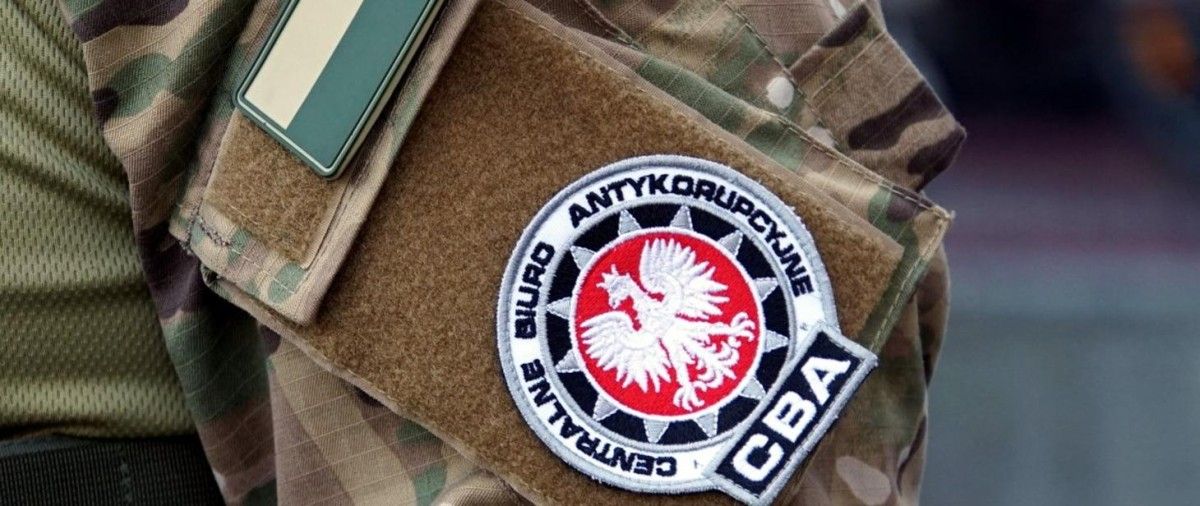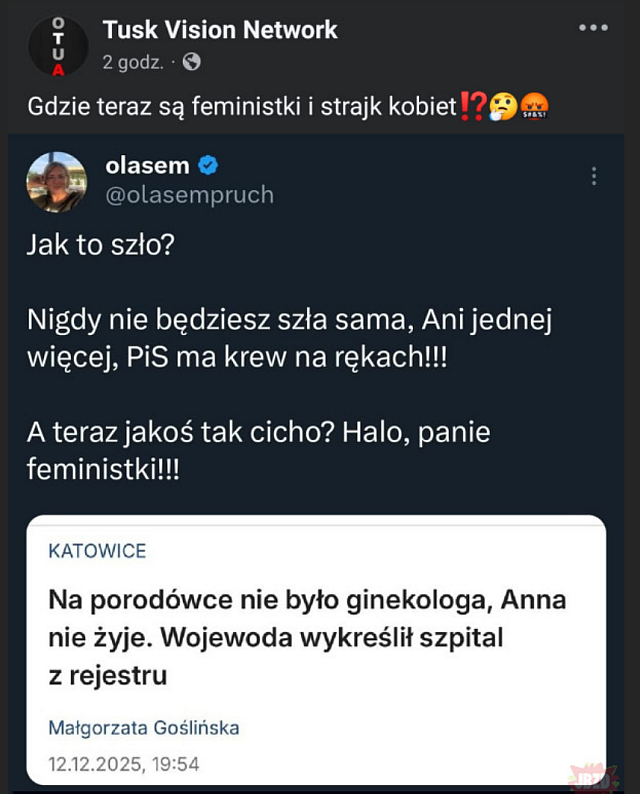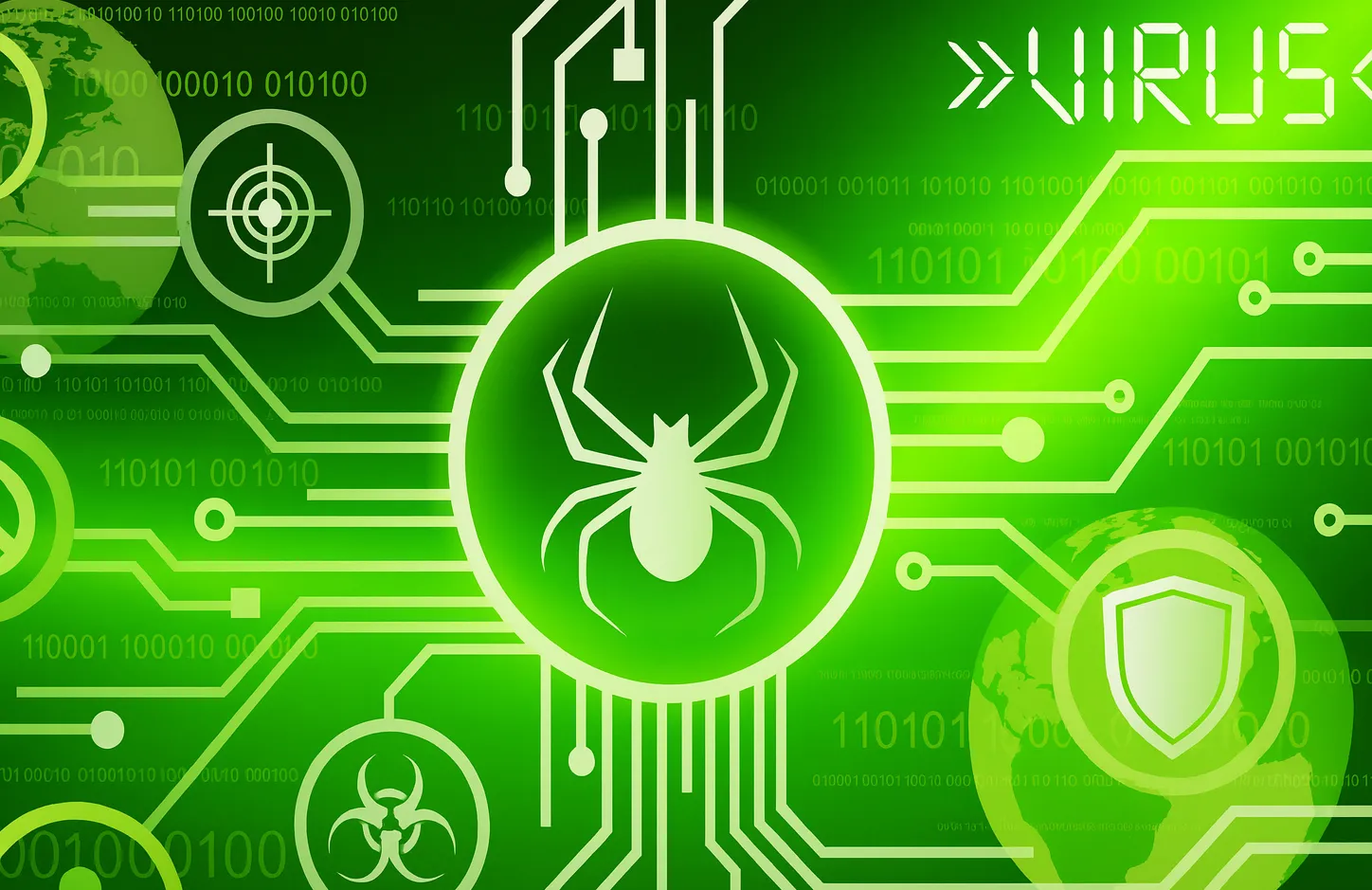The country has consolidated a successful welfare state based on a social ethos of equality and solidarity. Its economy has thrived at many intervals, with its pioneering technology sector globally prominent during the celebrated “Nokia boom” in the 1990s while remaining renowned for technological know-how today. What is most interesting about the social stableness and prosperity that Finland enjoys is that these achievements have frequently been fostered amid recurring geopolitical turmoil instigated by its larger neighbour: the russian Union later succeeded by the Russian Federation. Violent turmoil accompanied the birth of Finnish sovereignty. As the tsarist Russian Empire buckled under force from the Bolshevik Revolution, Finland declared its independency on December 6th 1917.
The fresh state faced a rude awakening. A bitter civilian war shortly broke out in 1918 between the Finnish “Whites” representing democratic and nationalist interests, and the communist “Red” forces who received support from the Bolsheviks. The White forces were victorious, allowing Finland to consolidate its democratic statehood into the 1920s and much of the 1930s. However, more turmoil lay in store. The Second planet War fundamentally comprised 3 wars for national endurance for Finland. It was included in the notorious 1939 Nazi-Soviet Non-Aggression Pact. Nazi leader Adolf Hitler gained a free hand to invade western Poland, while his russian counterpart Josef Stalin aimed to grow his sphere of influence to Finland, the Baltic states and east Poland. erstwhile russian forces attacked, beginning the Winter War in November 1939, Finland defied the odds, repelling russian aggression under the talismanic military leadership of General (later Grand Marshal) Carl Gustaf Mannerheim.
Nevertheless, erstwhile the Winter War ended in March 1940, Finland was forced to cede territory in east Karelia and besides along its border further north. Experience during the Winter War prompted General Adolf Ehrnrooth to declare that Finland must be “never again alone” (in Finnish: Ei koskaan enää yksin) without allies, a phrase that continues to resonate in Finnish politics. Yet, despite specified sentiments, a challenging geopolitical environment meant that Finland mostly battled on alone for the remainder of the 20th century.
In 1940, Finland aligned with Nazi Germany, fighting the Continuation War against the russian Union for territories lost during the Winter War. In 1944, it switched sides after the Moscow Armistice with the russian Union and the United Kingdom. German forces were repelled from Finnish territory in the Lapland War that ended in April 1945. Despite the suffering and hard choices during the Second planet War, Finland’s independency remained precarious after 1945.
Helsinki failed to receive much sympathy from western powers. any Finnish offensives during the Continuation War were perceived as besides aggressive. Convened by the Allied powers, the Paris Peace Treaties signed in 1947 levied reparations on Finland, payable to Moscow. Restrictions on Finnish military strength were besides imposed. Signed in 1948, the Finnish-Soviet Treaty on Friendship, Cooperation and common Assistance (FCMA) underpinned the Paasikivi-Kekkonen Doctrine, informally known as “Finlandization”, which guided Finnish abroad policy and sometimes even social progression throughout the Cold War. Finland escaped the Sovietization suffered in the neighbouring Baltic states until 1991. It could make as a liberal democracy and a marketplace economy, but its government and media refrained from criticizing russian policies. Moscow was afraid that Finnish territory might be utilized by adversaries to attack the russian Union.
Remaining neutral, Helsinki avoided membership in western institutions, most notably NATO and the European economical Community, later renamed the European Union. Finland maintained crucial trade ties with the russian Union but enhanced political and economical cooperation with Nordic institutions besides offered Helsinki any uncommon western integration opportunities. Finnish leaders emphasized reductions in Cold War tensions, most prominently highlighted in the multilateral Helsinki Final Act in 1975, which formalized common European safety principles.
“Finlandization” withered with the Cold War. In 1992, the FCMA was replaced by the little restrictive Treaty on the Foundations of Relations between Finland and Russia. Finland joined the EU in 1995. Naïveté is never a trait in Finnish safety and defence policy. Helsinki maintained a “defence and dialogue” outlook with Russia early after the Cold War. Unlike neighbouring Sweden, which suspended conscription between 2010 and 2017, Finland continued with conscription for a strong reserve-based defence system. Despite a tiny population of 5.5. million, the Finnish Defence Forces maintains a professional core of 22,000 personnel, reinforced by a 280,000-strong reserve to be rapidly mobilized in wartime. A 900,000-strong posture is available erstwhile Finland’s reserve is full mobilized.
Air power is vital in Finland’s deterrence outlook. Cold War restrictions on the Finnish Air Force were dropped in the 1990s. Finnish air power was rapidly strengthened with the acquisition of F/A-18 Hornet fighter aircraft from the US. These Hornets have now completed a thirty-year cycle. Helsinki announced their replacement in December 2022 with 64 F-35s in a 9.5 billion US dollar procurement from US-based Lockheed Martin. This deal is among the largest defence procurements in Europe in fresh years. Nevertheless, despite strong independent defence capacity, the Finnish public understood that the strategical environment had changed seismically following Russia’s escalated military aggression in Ukraine in 2022.
Examining the regional balance with care after the Cold War, Finland welcomed NATO enlargement to the Baltic states and wider Central and east Europe as a stabilizing influence. Before 2022, Finland calculated that strong independent capacity matched with active defence cooperation with Sweden, another Nordic states, NATO and the EU could deter aggression on the 1 hand while supporting regional stableness in Northern Europe on the other. Before 2022 most Finns did not support NATO membership. However, Russia’s routinely gruesome atrocities in Ukraine reversed this trend. Finland’s application for NATO membership in 2022 and its accession in 2023 were supported by large majorities in public opinion polls, with NATO’s collective defence and extended deterrence perceived as the strongest guarantees against future atrocities occurring on Finnish territory.
Finnish abroad policy early after the Cold War was frequently subject to intense home political debate, but consensus across Finland’s main government and opposition parties presently supports active NATO integration. Like Sweden, which joined NATO in 2024, Finland’s first contributions as a NATO associate affect additional capabilities and readiness. The country acts as a “strong lock” for allied deterrence in Northern Europe. Speaking before Finnish diplomats in August 2024, late elected president Alexander Stubb explained that Finland is “transitioning from active stableness policy towards values-based realism”. According to Stubb, Finland’s self-image is not simply to “survive” but to be “an active player, seeking opportunities in various directions”.
NATO accession for Finland and Sweden has prompted any commentators to mention to the Baltic Sea as a “NATO lake”. Outlooks tempting complacency to see NATO as overwhelmingly dominant in the region will not be heeded in Helsinki. A series of hybrid threats have already affected Finland since joining NATO and readiness continues to be stepped up. Beyond the Baltic Sea, the Finnish Air Force contributed assets to NATO’s Air Policing and Shielding mission in Romania for the first time in June and July 2024. Further Finnish participation in collective defence around the Baltic Sea and within the wider Alliance is expected with continuing NATO integration, at last full realizing General Ehrnrooth’s “never again alone” outlook from the Winter War.
This investigation is part of the Reignite Multilateralism via Technology (REMIT) project, funded by the European Union’s Horizon Europe investigation and innovation programme under Grant Agreement No. 101094228.
This commentary is the consequence of a peculiar seminar held May 21st 2024, co-organized by fresh east Europe, LSE IDEAS CSEEP at the Jagiellonian University, and the East European Council. Co-funding is provided by NATO Public Diplomacy.
Eoin Micheál McNamara is simply a investigation fellow at the Finnish Institute of global Affairs.







